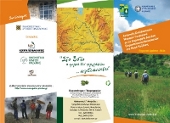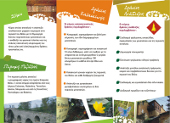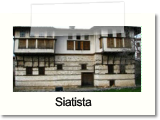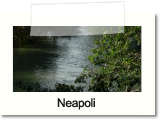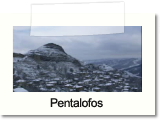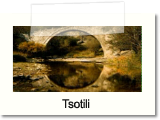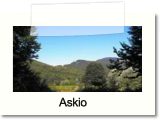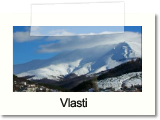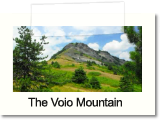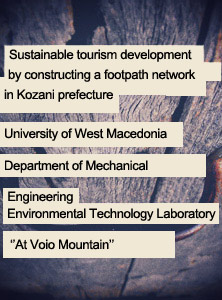
Volunteers
Meteorological indicators
| Fire Indicator |
| Fog Indicator |
News
Project presentation
FUNDING
Partners – Contact
Paliokrimini and the Destroyed Village
Paliokrimini and the Destroyed Village
The upper area of Paliokrimini consists of a sub-alpine plateau at
The sight of Paliokrimini is completely transformed, depending on whether it is viewed from the North or from the West. It is a peak with many faces, that are hard to discover, due to its remote location. The view to Grammos, Southern Voio and the rest of the Pindos is spectacular. Access can only be achieved through the forest road the begins west of Polykastano, as well as through path E6, in the section Pentalofos – Nea Kotyli. The forest road continues to the south, just beneath the peak and comes to a beech forest with crystal clear springs. The undergrowth is also very rich in tea, orchis and mushrooms. It is no accident that this location was chosen by locals as the seat of the famous Mountain Feast.
Paliokrimini is named after the village which is hidden inside its lush northwest slopes. Its location did not remain a secret for long and as a result it was raided by Turks and Albanians in the early 18th century. Thus, its name may be derived from the word Paliokrymmeno (previously hidden). Remains of Paliohori can still be seen in a location known only to a few. When inhabitants were forced to abandon it, the sought refuge to the Monastery of what is now Skopje, as well as to Kastoria, Eratyra, Aidonia and Vythos. Most of them, however, ended up in Tsotyli, a new location away from the high mountain and the gigantic rocks, in a landscape which is peaceful and tranquil, surrounded by a dense forest of oak trees where they built Krimini. In the area there are also Dryanovo and Petritsi, as well as the 10th century Monastery of Eisodia tis Theotokou, which had a glebe at the Paliomonastiro of Zoni, at the location Portes. Paliokrimmini is the birthplace of chieftain of the Macedonian struggle Athanasios Mproufas.
A young lad neither ate nor drank,
He talked to his weapons and tells them:
My proud rifle and cartridge belt,
You have saved me so many times, do save me again now!
He did not finish his words
And the rebels started gathering like leaves, like grass,
And they set out to conquer Paliokrimini. (folk poem)
GUIDE "IN PATHS OF VOIO"
Topics of Special Interest
- ‘‘Architecture - The Mastorokalfades of Voio’’
- ‘‘The Stony Bridges’’
- ‘‘The Villages of Voio’’
- ‘‘The Visitable Monasteries of Voio’’
- ‘‘The Primeval Oak Trees’’
- ‘‘Ontria – A Rare Geomorphological Phenomenon’’
- ‘‘Nature’s Wonders – Footsteps and Human-like Rocks’’
- ‘‘The Waterfalls of Skotomeno Nero – A Natural Monument’’
- ‘‘The Artificial Lake of Vythos – A New Wetland’’
- ‘‘River Pramoritsa and its Waterfalls’’
- ‘‘The Enormous Cliffs of Haros at Pyrgos Kotylis’’
- ‘‘The Peculiar Geology of Mount Voio – Rare Fossils’’
- ‘‘Voio and the Mushroom Madness’’
- ‘‘Voio - The People’’
- Zoupaniotikos Ailias – Voio’s trademark
- Taliaros and its Role during the Civil War
- Thematic Feasts in the Villages of Voio
- Ecology of Voio
- The European Path E6
- Paliokrimini and the Destroyed Village
- Local Products





